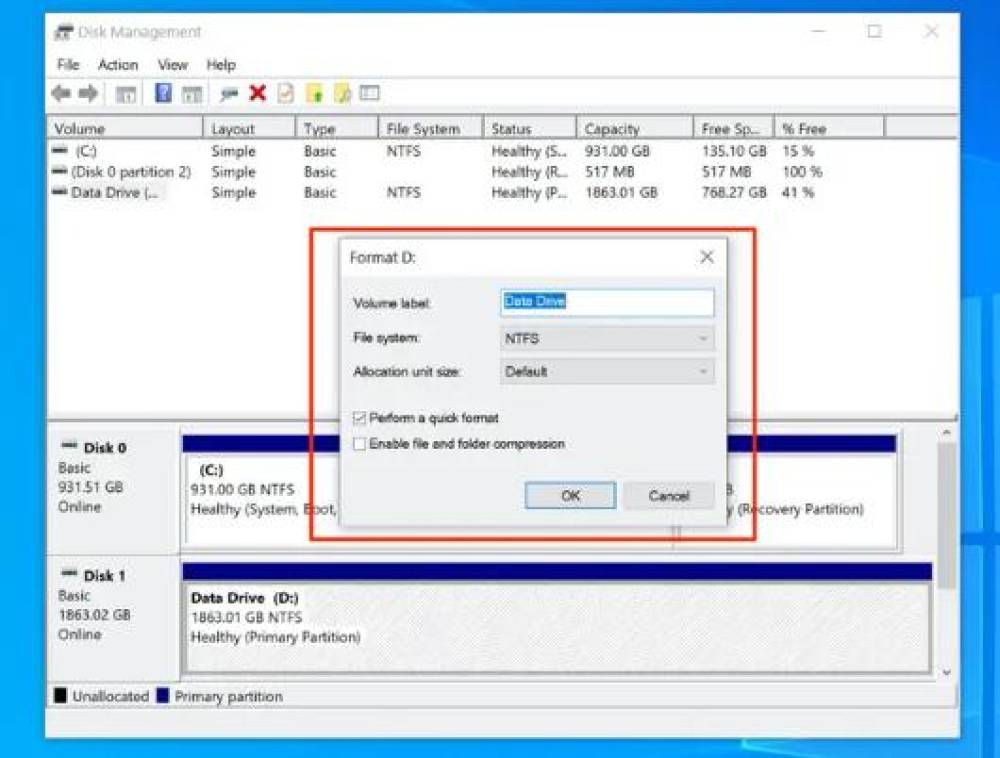Western Digital (WD) external hard disks are widely used for their reliability and capacity to store vast amounts of data. However, like all electronic devices, they are susceptible to failures and data loss. This guide aims to provide a thorough understanding of data recovery from WD external hard disks, covering common causes of data loss, preventive measures, and step-by-step recovery techniques.
WD external hard disks come in various models and capacities, designed to cater to different storage needs. They are popular for personal and professional use due to their affordability and robust performance. These drives utilize different technologies, including HDD (Hard Disk Drive) and SSD (Solid State Drive), each with its own failure modes and recovery challenges.

Common Causes of Data Loss
Physical Damage: Dropping the drive, exposure to water or extreme temperatures, and other physical impacts can damage the internal components, leading to data loss.
Mechanical Failure: Issues like motor failure, head crash, or spindle problems can render the drive inoperable.
Electronic Failure: Power surges, faulty power supplies, or damaged circuitry can prevent the drive from functioning.
Logical Errors: File system corruption, accidental deletion, formatting, or software issues can cause logical data loss.
Firmware Corruption: Corrupted firmware can prevent the drive from being recognized by the computer.
Preventive Measures
Regular Backups: The most effective way to prevent data loss is to maintain regular backups of important data. Use multiple backup methods, such as cloud storage and other external drives.
Proper Handling: Handle the drive with care, avoiding drops, shocks, and exposure to extreme conditions.
Surge Protection: Use surge protectors to safeguard against power surges and electrical damage.
Software Protection: Install reliable antivirus and anti-malware software to protect against logical threats.
Data Recovery Process
When data loss occurs, it's crucial to approach the recovery process methodically. Here's a step-by-step guide to recovering data from a WD external hard disk:
Initial Assessment
Listen for Unusual Noises: If the drive is making clicking, grinding, or buzzing sounds, it may indicate a mechanical failure. In such cases, avoid powering it on to prevent further damage.
Check Connections: Ensure that the USB or power cables are securely connected. Try different ports or cables to rule out connection issues.
Test on Another Computer: Connect the drive to another computer to check if the issue is with the drive or the original computer.
Software-Based Recovery If the drive is recognized by the computer but data is inaccessible due to logical errors, you can use data recovery software. Some popular options include:
EaseUS Data Recovery Wizard
Recuva
Stellar Data Recovery
Disk Drill
Steps to Use Data Recovery Software:
Download and Install: Install the chosen recovery software on a different drive to avoid overwriting the lost data.
Scan the Drive: Launch the software and select the affected drive for scanning. Choose a deep scan for thorough recovery.
Preview and Recover: Once the scan is complete, preview the recoverable files. Select the necessary files and save them to a different drive.
Physical and Mechanical Recovery For physical or mechanical failures, professional data recovery services are recommended. Attempting DIY repairs can worsen the damage. Here's what to expect from a professional recovery service:
Diagnostic Evaluation: The service provider will perform a diagnostic evaluation to determine the extent of the damage and the recovery feasibility.
Clean Room Environment: For mechanical repairs, the drive will be opened in a clean room environment to prevent contamination.
Component Replacement: Faulty components such as read/write heads, platters, or PCBs (Printed Circuit Boards) may be replaced.
Data Extraction: Specialized tools and techniques are used to extract data from the damaged drive.
Firmware Recovery Firmware corruption can render the drive undetectable by the computer. In such cases, firmware repair tools or professional services are needed:
Firmware Repair Tools: Some advanced users may attempt firmware repair using tools like Sediv, but this requires technical expertise.
Professional Services: Professional recovery services have the necessary tools and expertise to repair or reprogram corrupted firmware.
Choosing a Professional Data Recovery Service
When selecting a professional data recovery service, consider the following factors:
Reputation and Reviews: Research the service provider's reputation and read customer reviews to gauge their reliability and success rate.
Clean Room Facilities: Ensure the provider has certified clean room facilities for safe mechanical repairs.
Pricing and Transparency: Look for transparent pricing models and avoid services that charge based on the amount of recovered data.
Turnaround Time: Inquire about the expected turnaround time for the recovery process.
Data Privacy and Security: Ensure the service provider follows strict data privacy and security protocols.
Data Recovery Success Rates
The success rate of data recovery depends on several factors, including the nature of the failure, the condition of the drive, and the recovery methods used. Here are some general success rates based on different scenarios:
Logical Failures: High success rate (80-90%) with software-based recovery.
Mechanical Failures: Variable success rate (50-70%) depending on the extent of damage and the availability of replacement parts.
Electronic Failures: Moderate success rate (60-80%) with professional intervention.
Firmware Corruption: Variable success rate (40-70%) depending on the complexity of the firmware issue.
Case Study: Successful Recovery from a WD External Hard Disk
To illustrate the recovery process, here's a case study of a successful data recovery from a WD external hard disk:
Scenario: A 2TB WD My Passport external hard disk was dropped, causing it to become unresponsive. The drive contained critical business data with no recent backup.
Initial Assessment:
The drive made clicking noises, indicating a possible head crash.
It was not recognized by the computer.
Professional Intervention:
The drive was sent to a professional data recovery service.
Diagnostic evaluation confirmed a head crash and platter damage.
The recovery process involved:
Clean Room Repair: The drive was opened in a clean room, and the damaged read/write heads were replaced.
Platter Examination: The platters were examined for damage, and data was extracted from the undamaged sectors.
Data Reconstruction: Specialized tools were used to reconstruct the damaged file system and recover the data.
Outcome:
Approximately 95% of the data was successfully recovered.
The recovered data was returned to the client on a new external hard disk.




